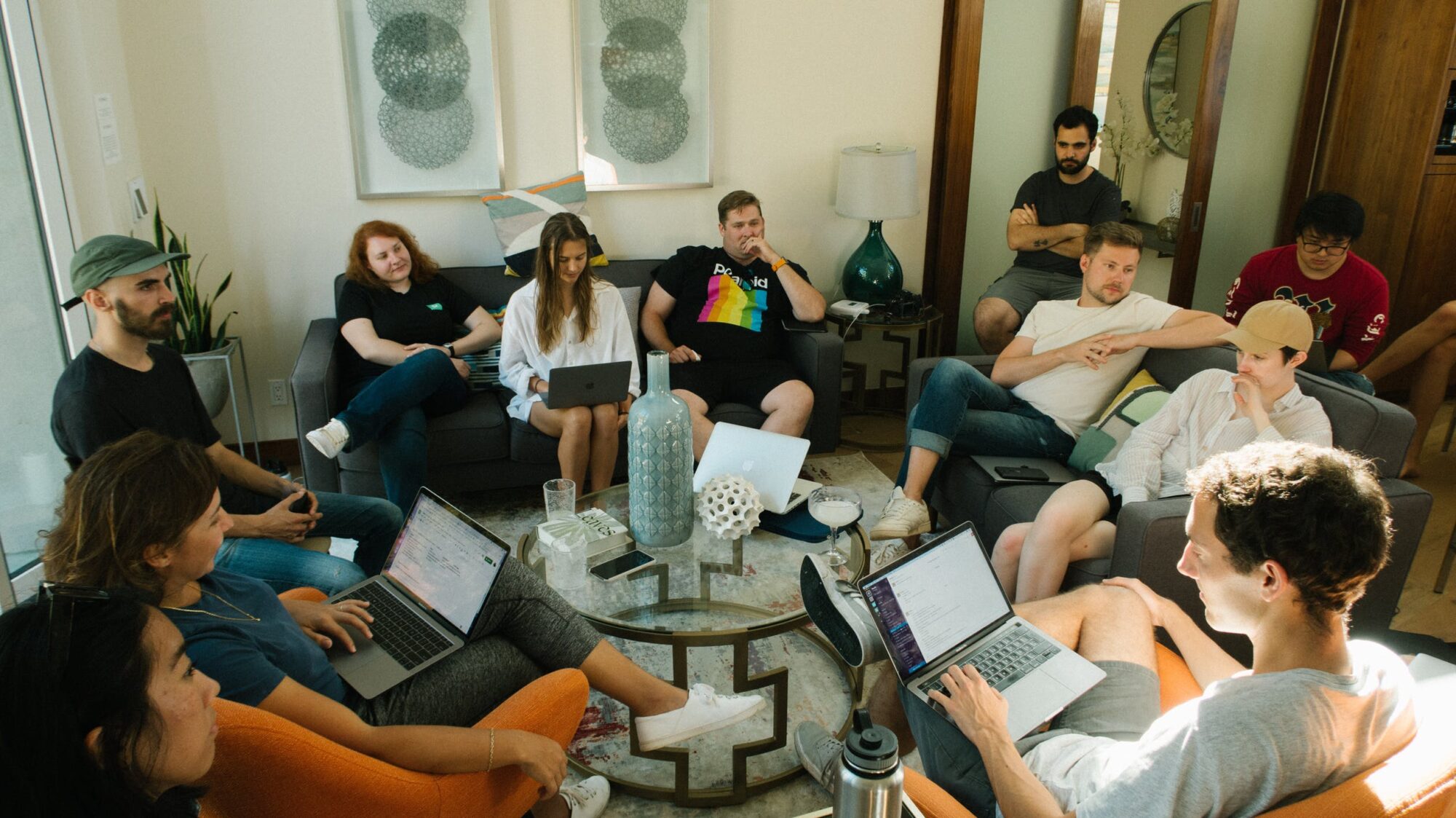
Let’s be honest. Most people don’t like attening or running a booster club meeting. They are often stuffy, boring, and drag on way past the scheduled end time. In some cases, hardly any work gets done because side topics and conversations got started.
One of the best ways to keep your members regularly attending booster club meetings is actually to start and end on time. With busy schedules and lives, having your meetings start and end on time is a great way to keep the members actively showing up.
It’s also important to schedule your meetings far enough apart that there is plenty of both old and new content to discuss.
Some things to consider with your booster club marketing are:
The best way to schedule meetings is by making them a regular occurrence.
Having a plan for the meetings help to keep them on track and the discussion flowing in a positive and on-task direction. Not only that, but it can also help to keep the meeting running on time.

Some things to include in your meeting are:
Also, make sure that after compiling a list of topics and points of discussion that you arrange them into a sequence that makes sense. Using the same agenda outline makes it easier for capturing the minutes of the meeting.

Meeting minutes are written a record of what happened at the previous meeting. If you want to run a booster club meeting, having good minutes taken can help the next meeting move along nicely and in an organized manner.
Effective meeting minutes include:
Booster clubs follow the standard parliamentary procedure referred to as Robert’s Rules of Order to ensure that the votes are cast justly.
In 1876, Henry M Robert published a set of standard parliamentary procedure still used in meetings today. Having a majority of the group choose to accept or deny an idea helps to keep everyone on task and in agreeance. One of the best ways to do this is by following Robert’s Rules.

The most basic summary of how Robert’s Rules of Order works:
To make a motion, you must be recognized by the President and be given the floor for discussion. This is usually done by raising a hand until called upon by name by the President as they’re running a booster club meeting. Then follow through with the procedure as outlined in your booster club Bylaws.
With these rules in place, orderly meetings can be run with fairness to all members in attendance.
Letting members know in advance about upcoming topics that they’ll be voting on is a good thing to include in pre-meeting communication because it gives them more time to decide on their ballot.

Communication before and after meetings is a great way to stay connected with your members.
Before meeting communication
Communicating with your members before running a booster club meeting is incredibly useful for your group.
Several days before your meeting, have the agenda written out and send a copy to your members.
A booster club meeting plan should include the topic points for discussion and any calls to action that may be required. This helps to pique the interest of the members and get them in the door.
Things to include in your pre-meeting communication:
Two examples of things that may need to be brought to the meeting:
Post-meeting communication
Take note when running a booster club meeting, that having a few members missing from meetings can be a regular thing thanks to conflicting schedules.
One of the best ways to keep these MIA members in the loop is by distributing post-meeting communication to everyone whether they attended the meeting or not.
Not only that, but towards the end of a meeting, attention spans begin to wander. Within a few hours, people can easily forget what happened during the meeting.
Sending out post-meeting communication can serve as an excellent refresher for everybody and help to put plans in motion.
In your after meeting communication, you should make sure that your communication contains:
After running a booster club meeting, it’s important to send a copy of the minutes to all members. Most suggestions state that sending them out within 48 hours post-meeting is ideal.

Every group needs a first meeting; this is usually when nonprofits approve the standard items of business necessary for starting. Due to there not being any minutes or any scheduled events at this point, first meetings are also usually a meet and greet.
Things to discuss during a first meeting:
Somebody must be taking minutes during this meeting so that they can be read and discussed at the next meeting and in the post-meeting communication.

Archive meeting documents
When a meeting has finished, it is essential to store the meeting documents together in one organized location such as a labeled folder in a file box.
These include:
Keeping an accurate record makes it much easier to be checked through when questions or emergencies arise.
Another thing to do after a meeting is check-in on members
This is also great for finding out a current status report on the project, and if there are any issues, you now have time to find a solution before the next meeting.
Sometimes, a job can come with too many responsibilities for a single person to handle. In these cases, handing off leadership can really help. Delegation is a great asset to booster club membership because it not only helps to release stress on some members, but it also gives non-board member booster club volunteers a chance to participate at a higher level.

After successfully completing a few meetings with your booster club, you will develop a good schedule, agenda, and minutes outline as well as a good rhythm for keeping everything moving and organized.